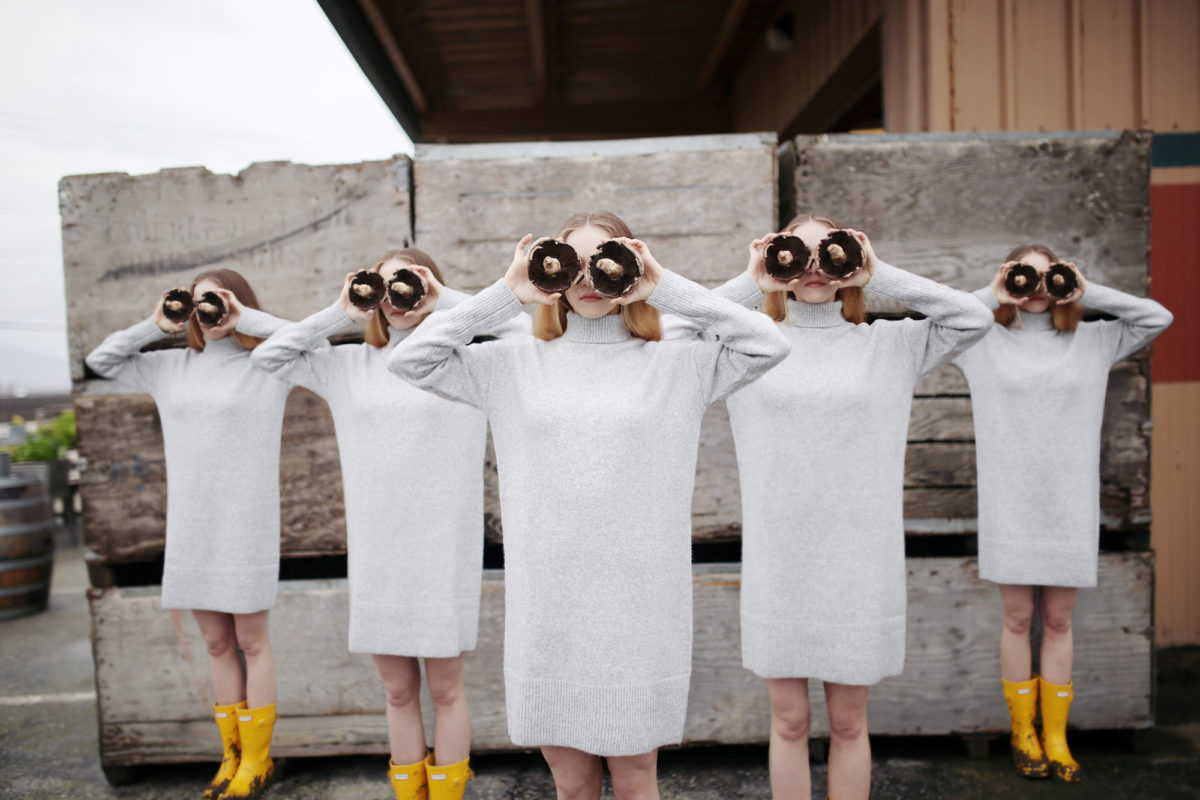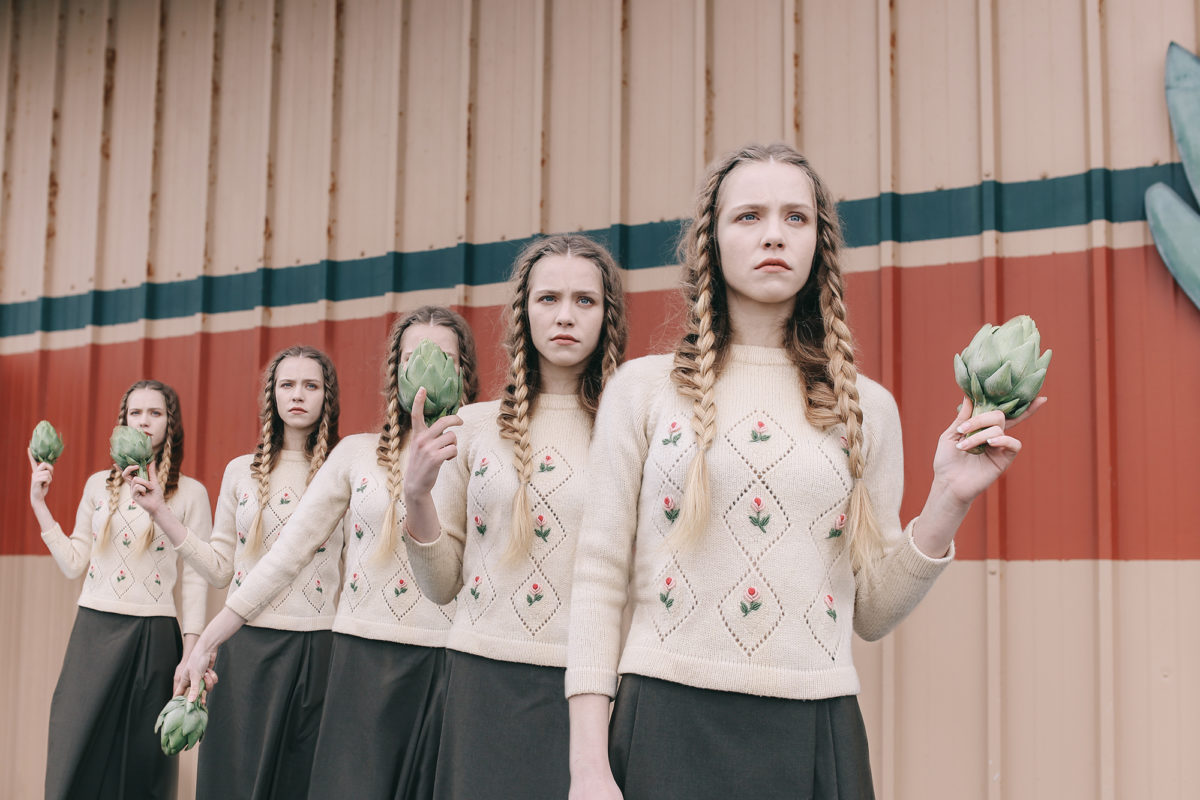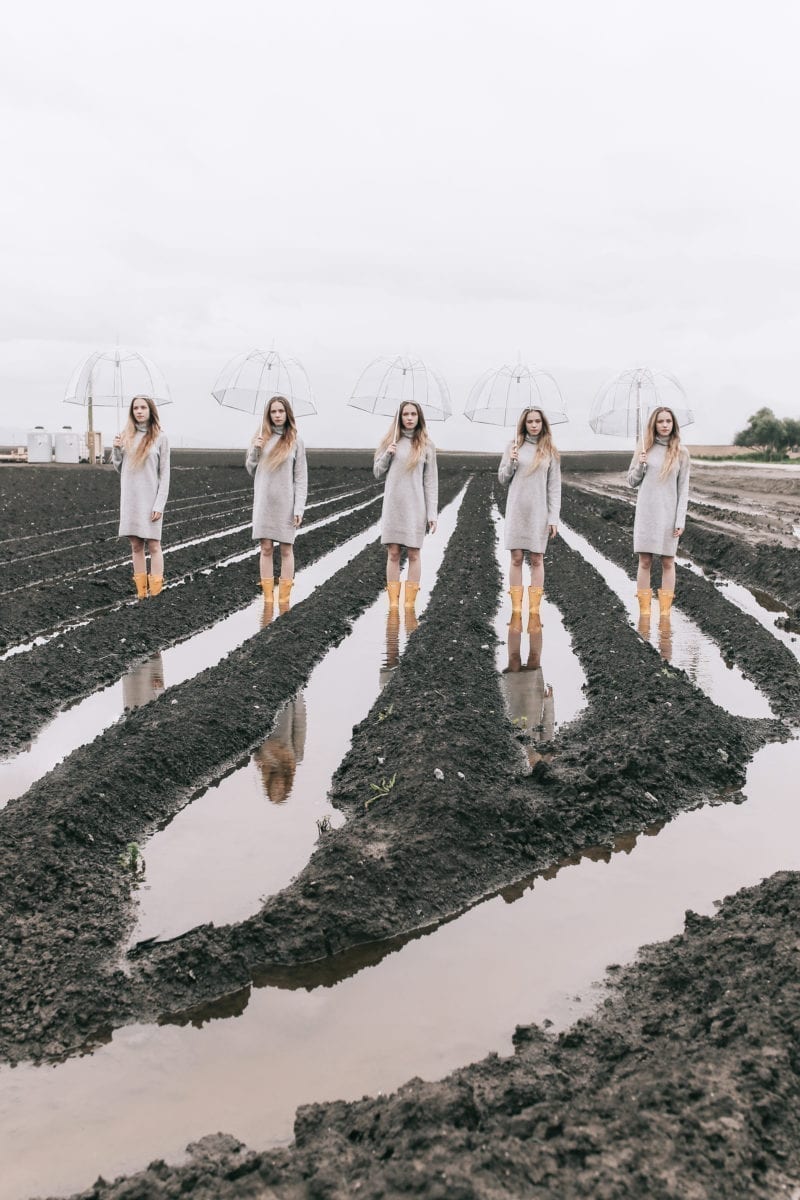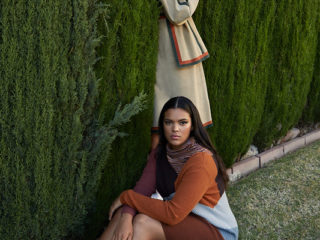This post was originally published on November 11, 2019. Read this article in Spanish here.
It’s been a while since I realized that racism was not a thing of the past but rather a system that is active in our post-modern, “progressive and enlightened society.” Although I can’t remember the exact moment when it dawned on me—maybe a year or so ago?—I can remember that it was catalyzed by acts of racism hitting an undeniable fever-pitch in America.
Incidents of racial violence in Charlottesville and Ferguson shocked me into the realization that I had a rather distorted, one-dimensional understanding of the world. For the last 25 years, I had unconsciously taken in only a small sliver of our nation’s story. This unconscious filter prevented me from seeing that racism, in fact, was not dead.
The racism that I saw play out in my local community and my nation was in stark contrast to the narrative that I was taught in my school’s history classes. The false notion that racism had died long ago with Brown vs. Board of Education, The Freedom Riders and Martin Luther King Jr. Essentially, I had been handed a history that told me that we had evolved past racism.
I had been handed a history that told me that we had evolved past racism.

Undoubtedly, as white people, our collective privilege had allowed racism to be perceived as a clean-cut problem that has already been solved. A problem with a so-called before and after, an after that we had been living in for decades. One of the main sources, I realized, of this untruth had been that I had been listening predominantly to white voices on issues like racism (and basically everything else)—and that enabled me to miss the true state of the nation and instead endorse a more palatable picture.
There was a homogeneity to the news I was reading, the people I was following, the movies I was watching and the books I was reading. I started to understand that the media I had previously been content with engaging with was shaping a worldview to which I no longer subscribed.
So what can we do as a community to confront the trap, of our own making, that we often find ourselves in? The trap of listening to the same voices, telling us the same stories from the same points of views. We need to diversify: our tables, our friend groups and the media we consume.
We need to diversify: our tables, our friend groups and the media we consume.

My first step, in an effort to burst my bubble of ignorance, was to diversify the content I was consuming. I wanted to get outside of the singular narrative, that racism was a thing of the past. I wanted to see what my neighbors saw. I wanted to be outraged and not look away at the senseless violence that still bombards black children on their walks home from school.
I needed the wake-up call. I needed to see what people of color had been seeing all along. That my history books, news channels and privilege had hidden from me. I found thought leaders who taught me that no day is safe for a person of color. There is always an incident happening in our world that will make your blood boil, systemic atrocities against our neighbors of color.
I needed the wake-up call. I needed to see what people of color had been seeing all along.
Academics like Rachel Cargle taught me that my “outrage is not enough.” That I need to take action when I am outraged. She taught me that women of color are not here to be my teacher; their role in this world is not to enlighten me on all the ways that I am complicit in systemic racism. Their role is to be whoever they want to be and for me to listen.
I believe that we become what we see, hear, read and watch. Personally, I know that prejudice will continue to exist within me if I don’t diversify my sources of information. As I started to expand my newsfeed, to include new points-of-view, I found a community that was offering a space that promoted the lives and stories of people of color, people like the ones listed below.
A few notes on the list of resources that have been helpful to me:
1. Let’s let their spaces be educational to us without being a burden to them.
These people and these spaces primary purpose is not to educate you or to explain why you think that you are not being racist in a certain situation.
2. Listen. Listen. Listen.
Your job, if you are white, is to listen. Listen to their stories. Listen to the truth. Listen to their perspective. When you want to comment or take up space on their platform, pause and resist the temptation to center yourself in their story.
3. It is an ongoing process of learning.
Follow. Read. Watch. Financially support. Learn.
Leaders on racial justice and reconciliation to follow:
- Austin Channing Brown | IG + Twitter: @austinchanning
- Rachel Cargle | IG: @rachel.cargle
- Andre Henry | IG: @theandrehenry | Twitter: @andrehenry
- DeRay Mckesson | IG: @iamderay | Twitter: @deray
- Latasha Morrison | IG: @latashamorrison
- Brittany Packnett | IG + Twitter: @MsPackyetti
- Propoganda | IG + Twitter: @prophiphop
- Layla F Saad | IG: @laylafsaad
Organizations to follow:
- Equal Justice Initiative | IG + Twitter @eji_org
- NAACP | IG + Twitter @NAACP
- No White Saviors | IG + Twitter: @nowhitesaviors
Books to read:
- The New Jim Crow by Michelle Alexander
- I’m Still Here: Black Dignity in a World Made for Whiteness by Austin Channing Brown
- Just Mercy by Bryan Stevenson
- The Hate You Give by Angie Thomas
- White Fragility by Robin DiAngelo
TV Shows, films and documentaries to watch:
How can you diversify the voices you listen to online, in print and on television? How can we collectively create open spaces to discuss racism and how it impacts people today?
Images via Diane Villadsen, Darling Issue No. 13












1 comment
Great post! I definitely agree that we need to diversify the media we consume – look at stories from all angles and sides before making an informed judgement!
–
Charmaine Ng | Architecture & Lifestyle Blog
https://charmainenyw.com